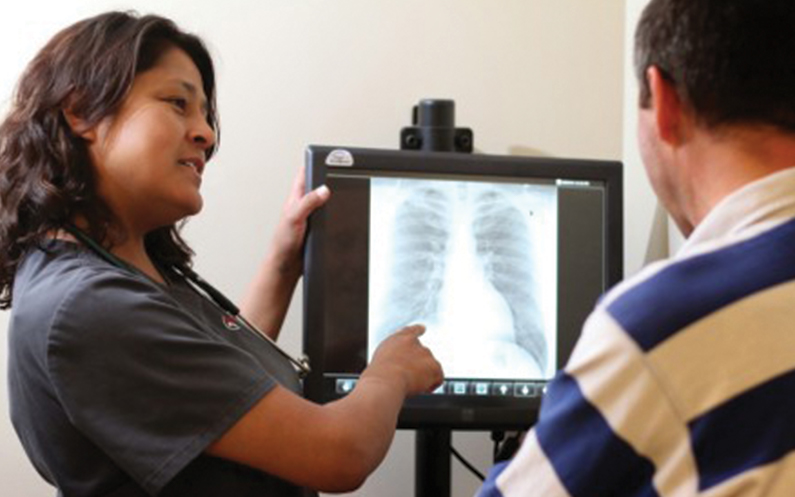The widely reported increase in freestanding emergency departments opening across the U.S. is an important trend for urgent care centers to watch.
Freestanding emergency departments are primarily opening in suburban, high density markets and offering patients a “more personalized experience” than congested emergency rooms. But many patients confuse these facilities for urgent care centers and are shocked when they get a bill including parallel pricing to what is charged in an emergency department.
More than 20 standalone emergency departments have opened in Colorado since 2014. A study done this fall by the Center for Improving Value in Health Care found the potential for more than $800 million in annual savings if Colorado residents stopped going to emergency departments for non-emergent care. Residents there could save an average of $1,150 per visit if patients used a clinic or doctor’s office instead of going to the ED.
“From a consumer standpoint, it’s a bad value,” said Alan Ayers, vice president of strategic initiatives at Practice Velocity®, LLC and board member for the Urgent Care Association of America. “From an insurance perspective, it adds cost because people are not using these for real medical emergencies.”
Here are a few key differences to help educate patients about freestanding emergency departments.
- Like hospital emergency rooms, the freestanding sites charge a facility fee that can range from $700 to $6,200. This will be billed separately to the patient from the physician charges.
- Freestanding emergency departments often don’t have discounted rates or flat fees negotiated with insurance companies, so the patient may end up facing a steeper bill than he would at an urgent care center. And overall, the higher rates charged for minor ailments at these facilities will drive up the cost of health care systemwide.
- Patients will almost always face a higher co-pay at a freestanding emergency room than they will at an urgent care center. And many patients nowadays have high-deductible health coverage, meaning a big chunk of the bill will fall to them.
- In many states, including Colorado, there is no required certificate of need for a new hospital building, so hospital systems can put these facilities where they want to compete for patients.
Read more on the freestanding emergency department trend here.


Recent Comments